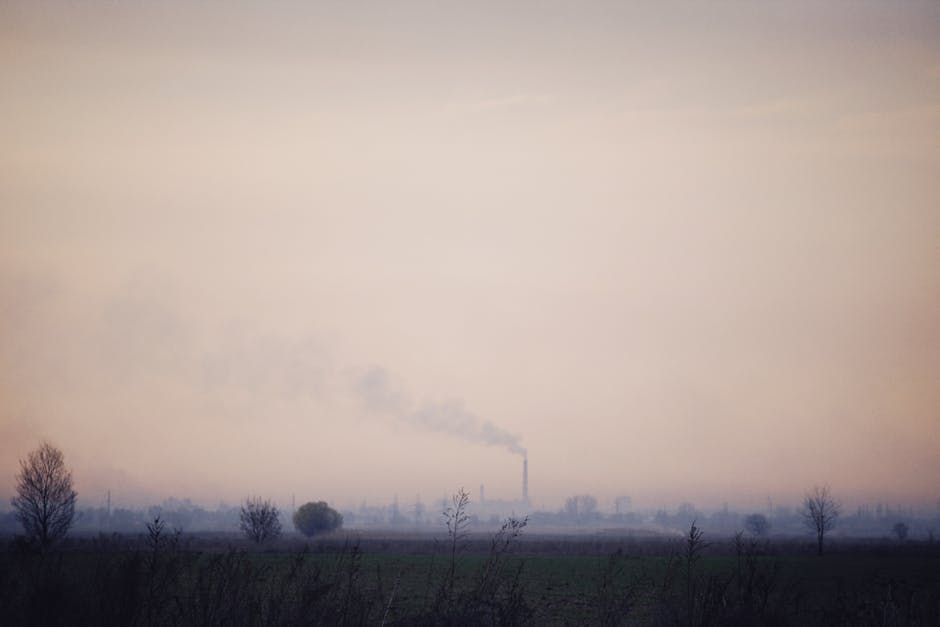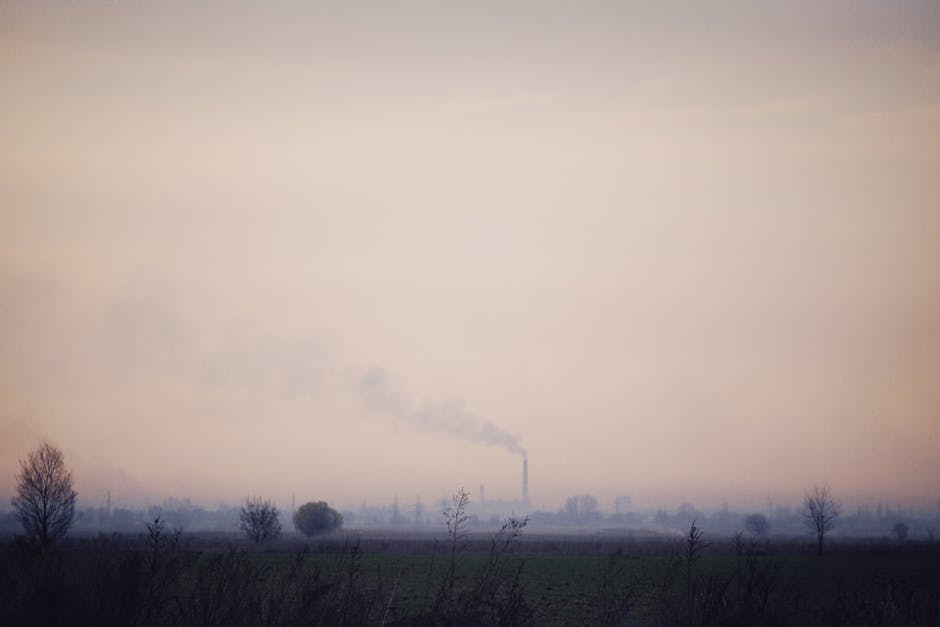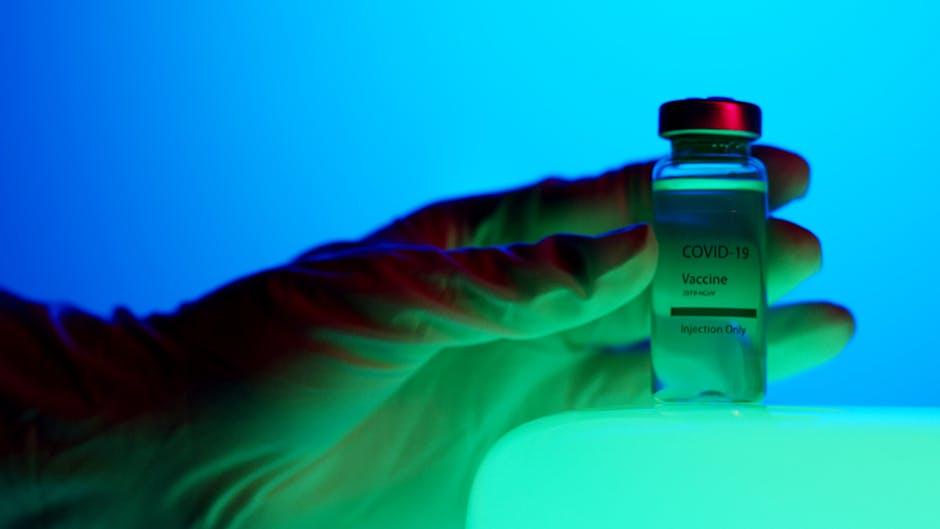**
The Air Quality Index (AQI) in Kurla, Mumbai, currently stands at 93, classifying it as “Moderate” according to the Central Pollution Control Board (CPCB). While not severe, this level still poses risks for sensitive groups. Here’s a detailed look at what Kurla’s AQI means, its causes, health effects, and protective steps.
What Does an AQI of 93 Mean?
The AQI measures pollutants like PM2.5, PM10, NO₂, SO₂, CO, and O₃. The scale breaks down as:
– 0-50 (Good): Safe for all.
– 51-100 (Moderate): Mild risk for sensitive individuals (asthma, elderly, children).
– 101-200 (Unhealthy): More severe effects for at-risk groups.
– 201+ (Poor/Severe): Dangerous for everyone.
At 93, Kurla’s air is not an immediate crisis, but long-term exposure may worsen respiratory conditions.
Key Causes of Pollution in Kurla
- Traffic Emissions: Heavy vehicular movement near LBS Marg and Kurla Station raises NO₂ and PM2.5 levels.
- Construction Dust: Ongoing metro projects and real estate developments contribute to airborne particles.
- Industrial Activity: Small factories and warehouses release localized emissions.
- Weather Impact: Coastal winds help, but winter inversion can trap pollutants.
Health Risks of Moderate AQI
- Increased coughing, throat irritation.
- Aggravated asthma or allergies.
- Potential long-term lung damage with prolonged exposure.
At-risk groups (children, seniors, asthma patients) should limit outdoor activities during peak traffic hours (8–11 AM, 5–8 PM).
How Kurla Residents Can Protect Themselves
✅ Check AQI daily via SAFAR or AQI India apps.
✅ Wear N95 masks in high-traffic zones.
✅ Use air purifiers indoors and keep windows closed when AQI spikes.
✅ Support green initiatives like tree planting and carpooling.
Government Actions to Improve Air Quality
- BMC’s anti-dust measures: Water sprinkling on roads.
- MPCB’s industrial checks: Stricter emission monitoring.
- Public awareness: Encouraging metro/bus use over private vehicles.
Future Outlook for Kurla’s Air Quality
Without stricter policies, rising construction and traffic could push AQI into the “Poor” range (101+). Sustainable urban planning—like more green spaces and electric vehicle incentives—is critical.
Key Takeaway:
Kurla’s AQI of 93 signals a need for caution. Stay informed, reduce exposure, and advocate for cleaner air policies.
📢 For real-time Mumbai AQI updates, follow NextMinuteNews.
**




